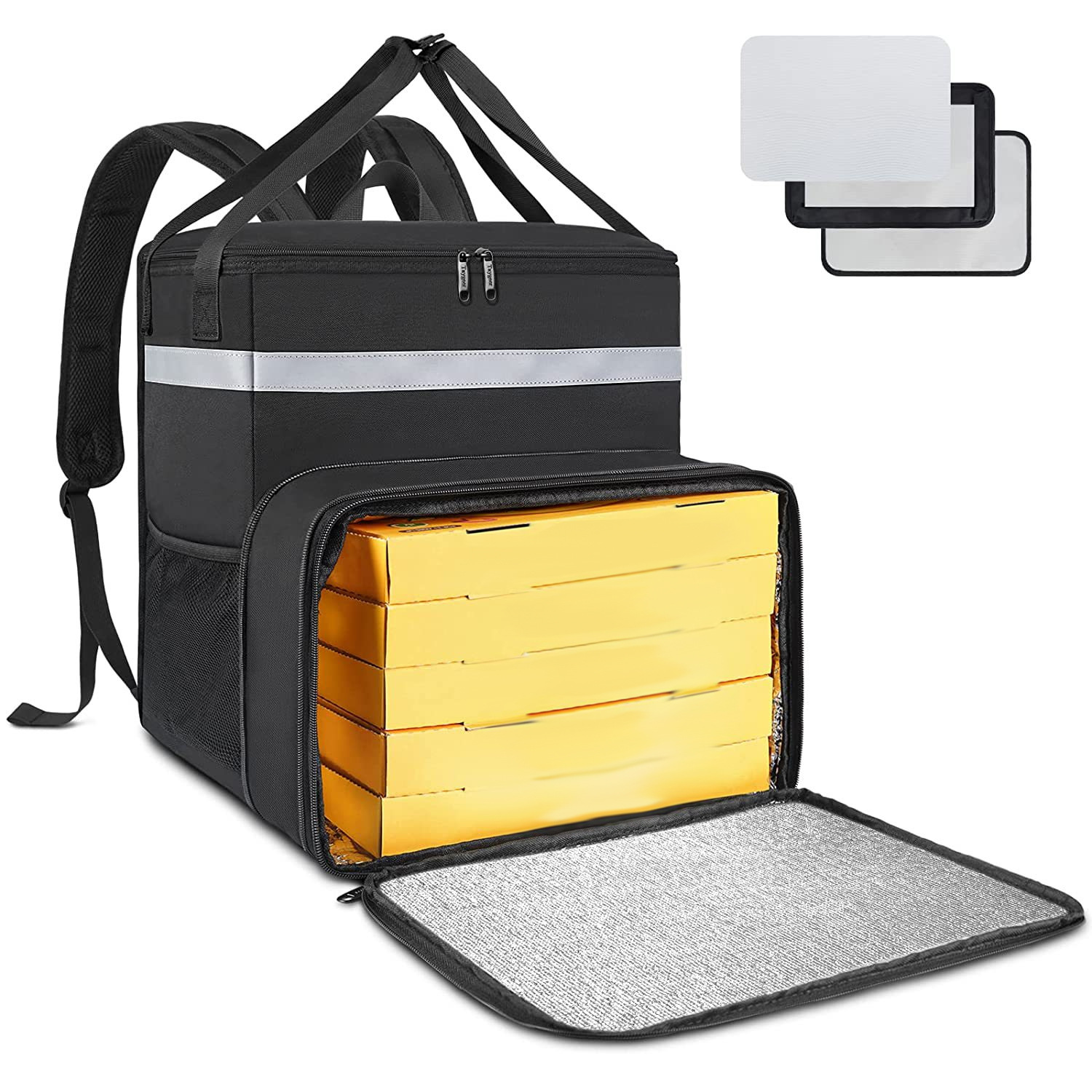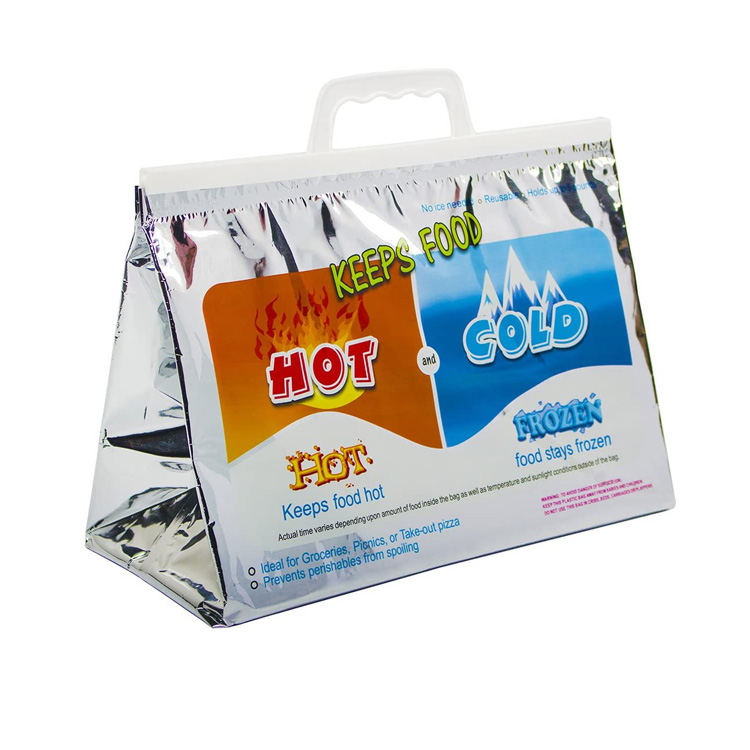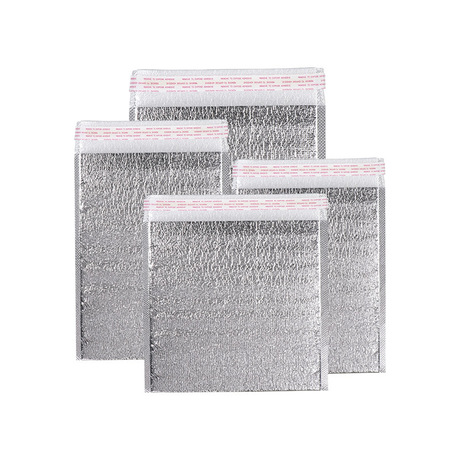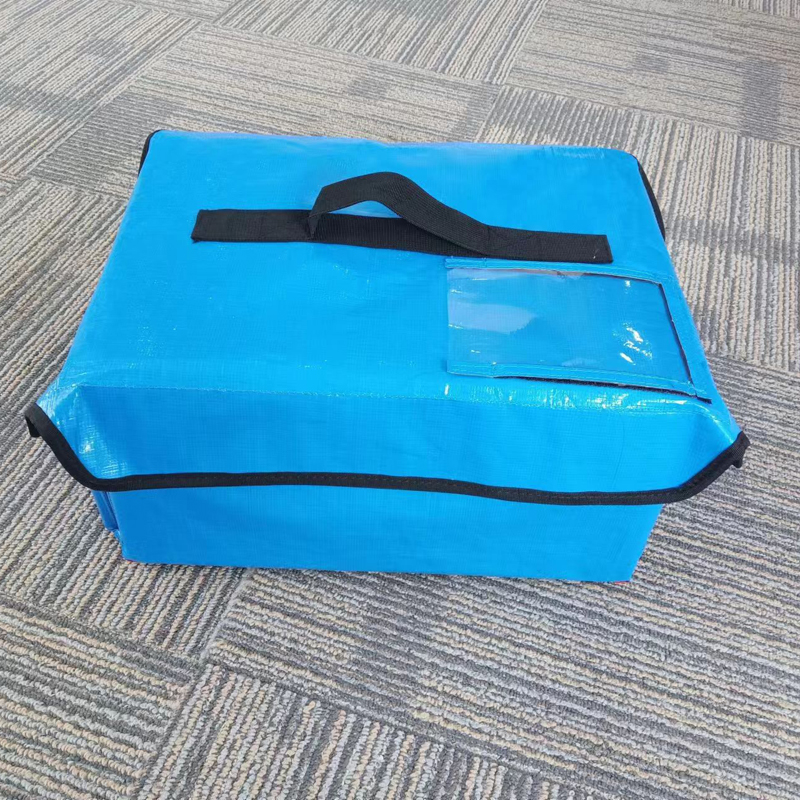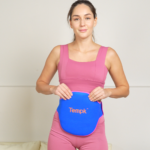1. Precautions for using dry ice
When using dry ice to transport food, the following should be noted to ensure safety and food quality:
1.controle de temperatura
Dry ice temperature is extremely low (-78.5°C), must wear protective gloves to avoid frostbite. Ensure that the food is suitable for a dry ice environment to prevent damage caused by too low temperatures.
2.well-ventilated
Dry ice sublimation produces carbon dioxide gas, which should be ensured to prevent gas accumulation and avoid the risk of hypoxia.
3. Correct packaging
Use an incubator with good heat insulation performance (such as EPP or VIP incubator) and ensure that dry ice is in direct contact with food to prevent food frostbite. Isolation dry ice from food.
4.haulage time
The sublimation speed of dry ice is fast, so the transportation time should be shortened as far as possible, and the amount of dry ice should be adjusted according to the transportation time to ensure the low temperature in the whole process.
5. Label warning
Attach the “dry ice” signs and relevant safety warnings on the outside of the package to remind the logistics personnel to deal with them carefully.
2. Steps for transporting food using dry ice
1. Prepare the dry ice and an incubator
-Ensure that the dry ice is in a proper temperature storage state.
-Select a suitable incubator, such as an EPP or a VIP incubator, and these materials have good thermal insulation properties.
2. Pre-cooled food
-Food is pre-cooled to the appropriate transport temperature to reduce the consumption of dry ice.
-Make sure the food is completely frozen so that it is better kept cold.
3. Wear protective equipment
-Ao usar gelo seco, always wear protective gloves and goggles to prevent frostbite and other injuries.
4. Place the dry ice
-Place dry ice on the bottom and all sides of the incubator to ensure even cooling.
-Use a separator or proof film to separate dry ice from the food to prevent frostbite.
5. Load the food product
-Place the pre-chilled food neatly in the incubator to ensure a proper spacing between the food and the dry ice.
-Use filling materials to prevent food from moving during transportation.
6. Package the incubator
-Ensure that the incubator is well sealed to avoid cold air leakage.
-Check whether the seal strip of the incubator is intact and ensure no air leakage.
7. Label it
-Put a “dry ice” sign and related safety warnings on the outside of the incubator to remind the logistics personnel to pay attention to safety.
-Indicate food types and transportation requirements to ensure proper handling during transportation.
8. Arrange the transportation
-Select a reliable logistics company to ensure temperature control during transportation.
-Inform logistics companies of the use of dry ice to ensure proper ventilation during transportation.
9. Full-process monitoring
-Use of temperature monitoring equipment for real-time monitoring of temperature changes during transportation.
-Ensure that temperature data can be checked at any time and abnormalities are handled during transportation.
3. Huizhou provides you with the matching scheme
1. Incubadora de EPS + gelo seco
description:
Incubadora de EPS (foam polystyrene) is light and good heat insulation performance, suitable for short distance transportation. Dry ice can effectively maintain a low temperature in such an incubator, suitable for transportation of food that need to be frozen for a short time.
merit:
-Peso leve: easy to handle and handle.
-Low cost: suitable for large-scale use, acessível.
-Good thermal insulation performance: good performance in short-distance transportation.
shortcoming:
-Poor durability: not suitable for multiple use.
-Limited cold retention time: poor long-distance transportation effect.
prime cost:
-Incubadora de EPS: sobre 20-30 yuan / unit
-Gelo seco: sobre 10 yuan / kg
-Total cost: sobre 30-40 yuan per time (depending on the transportation distance and food volume)
2. Incubadora EPP + gelo seco
description:
Incubadora EPP (foam polypropylene) has high strength, good durability, suitable for medium and long distance transportation. With dry ice, keep low temperature for a long time to ensure that food quality is not affected.
merit:
-High durability: suitable for multiple use, reducing long-term costs.
-Good cold protection effect: suitable for medium and long-distance transportation.
-Environmental protection: the EPP materials can be recycled.
shortcoming:
-Custo mais alto: higher initial purchase cost.
-Heavy Weight: Handling is relatively difficult.
prime cost:
-Incubadora EPP: sobre 50-100 yuan / unit
-Gelo seco: sobre 10 yuan / kg
-Total cost: sobre 60-110 yuan / tempo (depending on the transportation distance and food volume)
3. Incubadora VIP + gelo seco
description:
Incubadora VIP (vacuum insulation plate) has top insulation performance for high value and long-distance transportation. Dry ice in the VIP incubator can keep a very low temperature for a long time, suitable for food transportation with very high temperature requirements.
merit:
-Excellent insulation: able to keep low for a long time.
-Applicable high value products: ensure that product quality is not affected.
-Energy saving and environmental protection: efficient thermal insulation performance reduces energy consumption.
shortcoming:
-Very high cost: transportation suitable for high value or special needs.
-Heavy weight: more difficult in handling.
prime cost:
-Incubadora VIP: sobre 200-300 yuan / unit
-Gelo seco: sobre 10 yuan / kg
-Total cost: sobre 210-310 yuan / tempo (depending on the transportation distance and food volume)
4. Descartável Saco de isolamento térmico + gelo seco
description:
O disposable insulation bag is lined with aluminum foil inside for easy use and suitable for short and midway transportation. Dry ice in a disposable insulation bag can provide a short time environment of low temperature, which is suitable for the transportation of small frozen food.
merit:
-Fácil de usar: no need to recycle, suitable for single use.
-Low cost: suitable for small and medium-sized transportation needs.
-Good thermal insulation effect: Aluminum foil lining enhances thermal insulation performance.
shortcoming:
-Single-time use: not environmentally friendly, requiring large procurement.
-Limited cold retention time: not suitable for long-distance transportation.
prime cost:
-Disposable thermal insulation bag: sobre 10-20 yuan / unit
-Gelo seco: sobre 10 yuan / kg
-Total cost: sobre 20-30 yuan / tempo (depending on the transportation distance and food volume)
Huizhou Industrial provides a variety of incubator and dry ice collocation solutions to meet the different transportation needs of customers. Whether it is short, midway or long distance transportation, we can provide appropriate solutions to ensure the temperature control and quality assurance of food during transportation. Customers can choose the appropriate matching scheme according to their own needs to ensure the safety and freshness of the food in the transportation process. Choose Huizhou industry, choose professional and peace of mind.
4. Serviço de monitoramento de temperatura
Se você deseja obter as informações de temperatura do seu produto durante o transporte em tempo real, Huizhou fornecerá um serviço profissional de monitoramento de temperatura, Mas isso trará o custo correspondente.
5. Nosso compromisso com o desenvolvimento sustentável
1. Environment-friendly materials
Nossa empresa está comprometida com a sustentabilidade e usa materiais ecológicos em soluções de embalagem:
-Recipientes de isolamento recicláveis: Nossos recipientes de EPS e EPP são feitos de materiais recicláveis para reduzir o impacto ambiental.
-Refrigerante biodegradável e meio térmico: We provide biodegradable gel ice bags and phase change materials, Seguro e ecológico, to reduce waste.
2. Soluções reutilizáveis
Promovemos o uso de soluções de embalagem reutilizáveis para reduzir o desperdício e reduzir custos:
-Recipientes de isolamento reutilizáveis: Nossos contêineres EPP e VIP são projetados para uso múltiplo, fornecendo economia de custos a longo prazo e benefícios ambientais.
-Refrigerante reutilizável: Our gel ice packs and phase change materials can be used multiple times, reducing the need for disposable materials.
3. Prática sustentável
Aderimos a práticas sustentáveis em nossas operações:
-Eficiência energética: Implementamos práticas de eficiência energética durante os processos de fabricação para reduzir a pegada de carbono.
-Reduzir o desperdício: Nós nos esforçamos para minimizar o desperdício por meio de processos de produção eficientes e programas de reciclagem.
-Iniciativa verde: Estamos ativamente envolvidos em iniciativas verdes e apoiam os esforços de proteção ambiental.


















